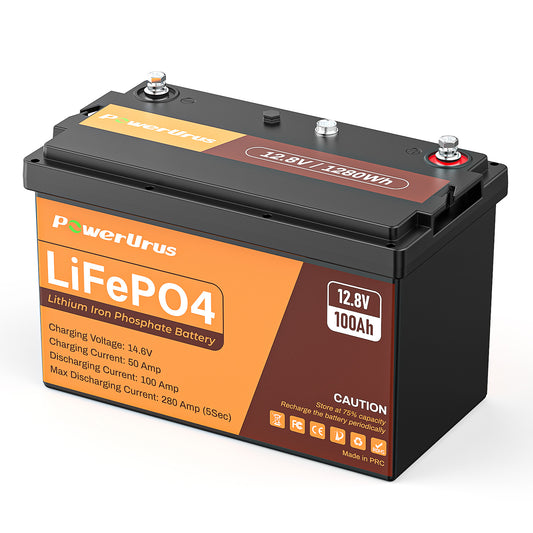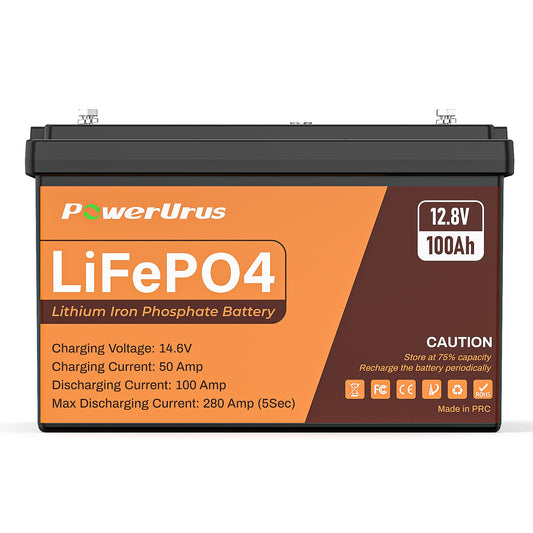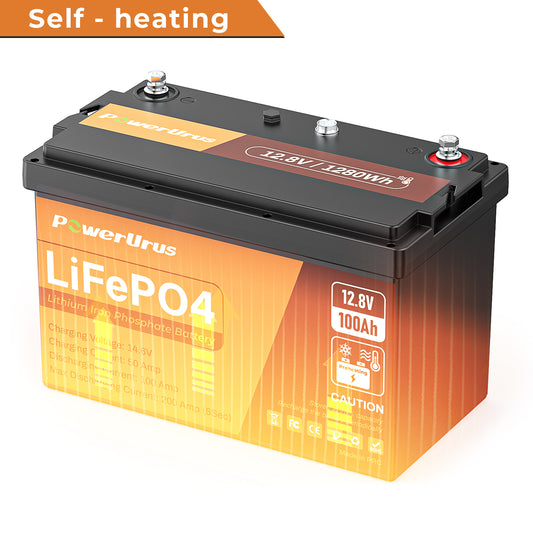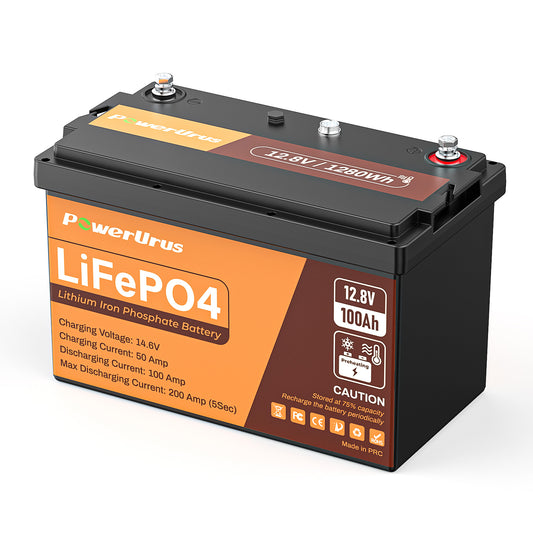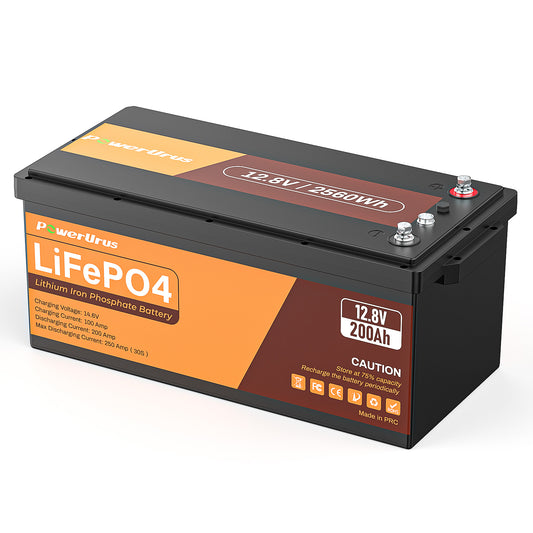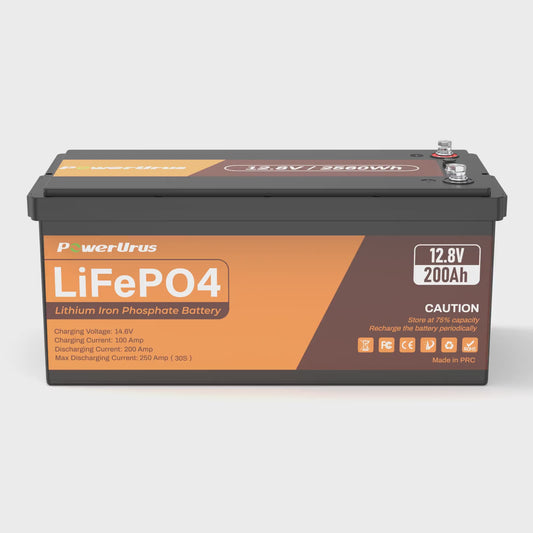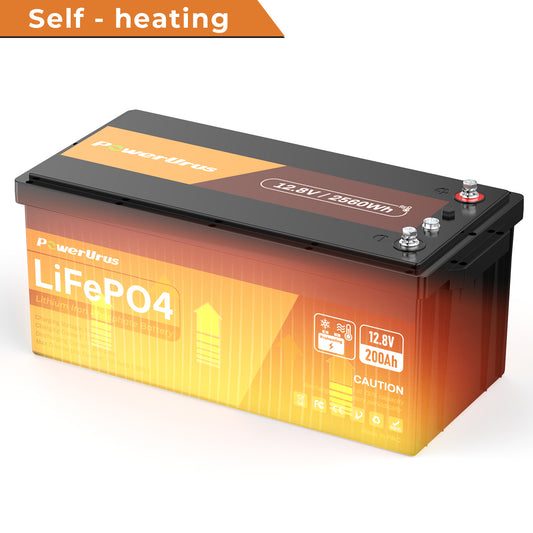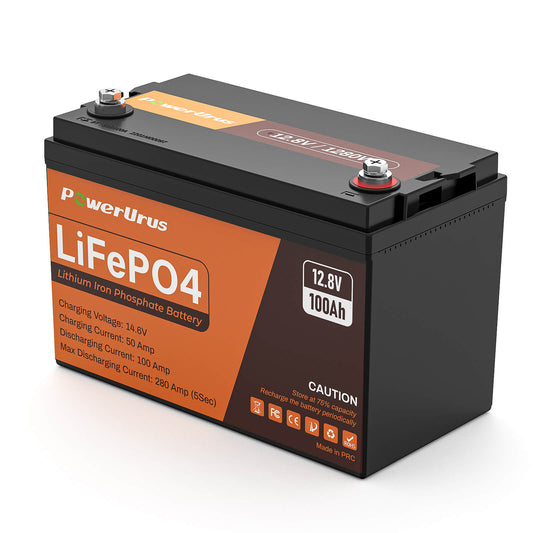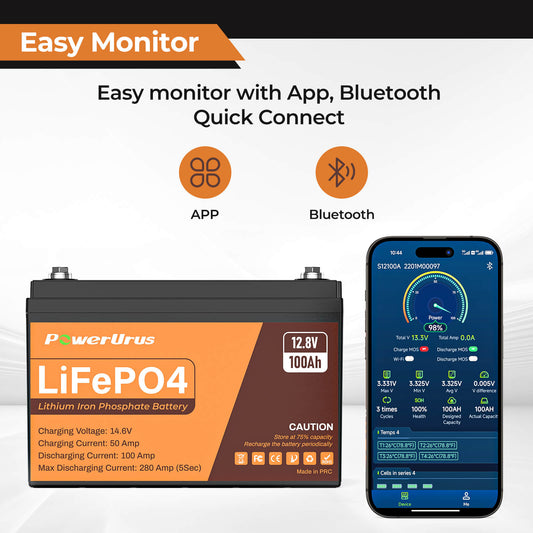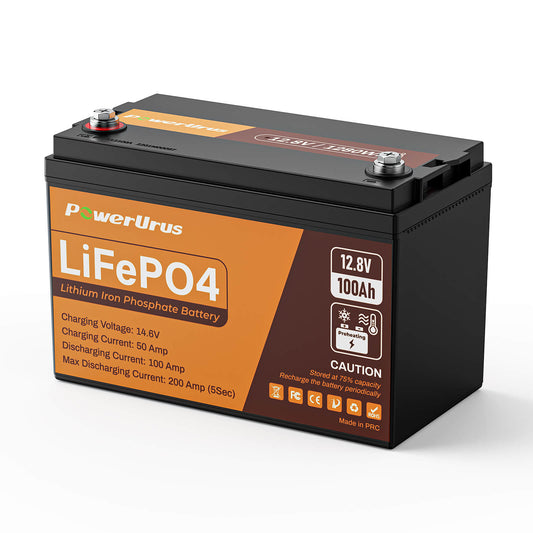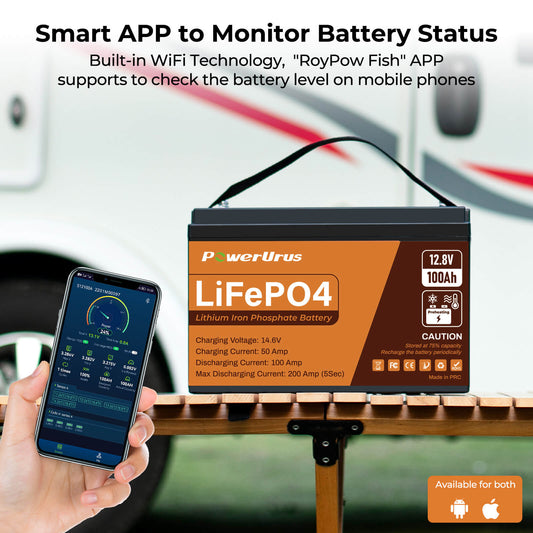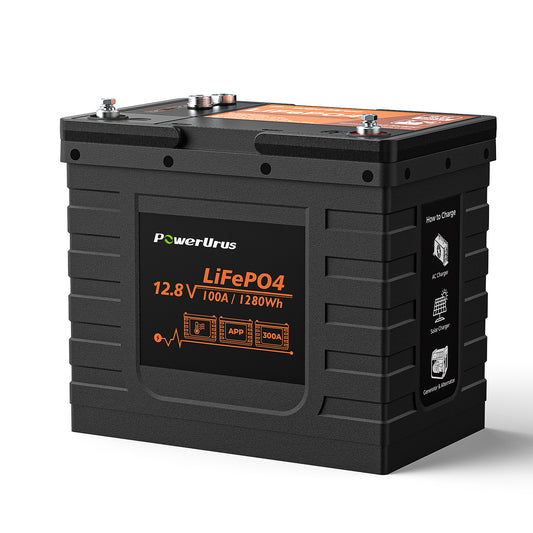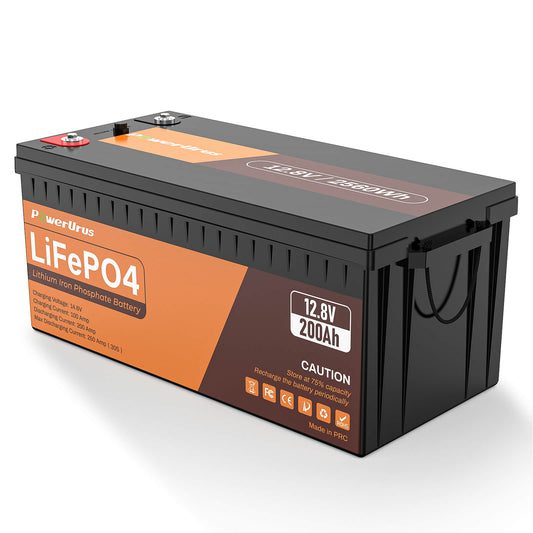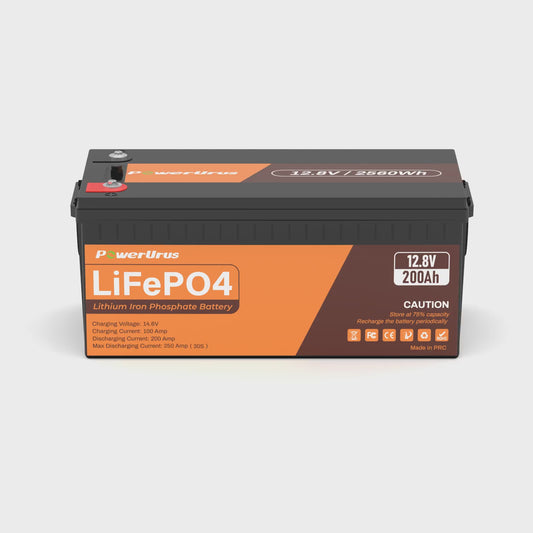Solving Marine Power’s Top 3 Challenges: Safety, Range & Cold Performance with LiFePO4
Marine operators face three persistent pain points: safety risks, limited range, and cold-weather failures. LiFePO4 batteries tackle these challenges head-on with cutting-edge engineering.
1. Safety First
Traditional lithium-ion batteries risk thermal runaway, but LiFePO4’s stable iron-phosphate chemistry resists combustion even under puncture or overcharge. Models like Powerurus’s 12V 200Ah marine battery feature UL 1973-certified casings and pressure relief valves to contain gas leaks. In saltwater environments, IP68 waterproof seals revent corrosion-induced short circuits.
2. Unmatched Range
A 48V 400Ah LiFePO4 system stores 19.2kWh—enough to power a 15kW electric propulsion motor for 1.3 hours at full load. For long voyages, modular parallel setups(e.g., six 12V 200Ah batteries) scale to 1,200Ah without voltage drop. The E-Tug 1 in Shanghai uses a 36V 500Ah LiFePO4 bank to achieve 48-ton barge towing for 8 hours on a single charge.
3. Cold-Weather Dominance
LiFePO4 outperforms lead-acid in freezing conditions. Built-in self-heating BMS (activated below 32°F) and nano-insulated cells retain 90% capacity at -4°F. Norway’s Hybrid Ferry Fleet uses liquid-cooled LiFePO4 packs to operate reliably in Arctic waters, reducing winter downtime by 70%.
Case Study: A Canadian ice-fishing operator replaced lead-acid with 24V 200Ah LiFePO4 batteries, achieving 12-hour runtime at -22°F while cutting battery weight by 60%.

